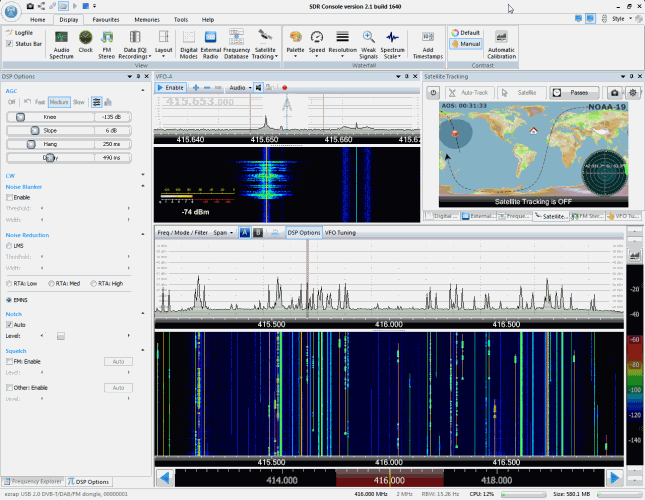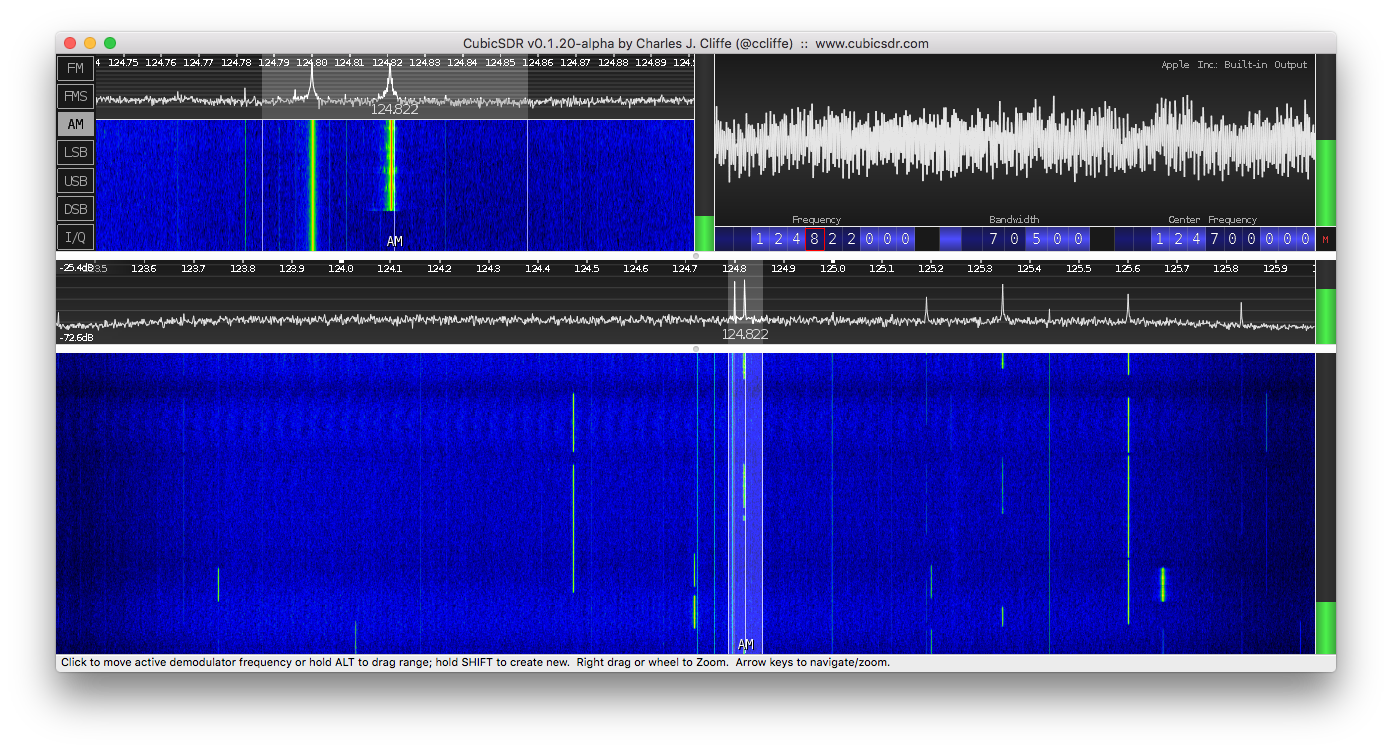
You're looking at one now! So why not program it to interpret a radio signal? With a different program you can receive whatever you like, including old fashioned AM and FM broadcasts. well, the list goes on.įanfare of trumplets please! Enter Stage Left the Software Defined Radio (or SDR to its friends).Ī computer can do anything, provided you can break it down into logical steps. So now you need a satnav to receive GPS signals, a DAB radio for digital broadcasts, a smartphone for mobile voice and data, a WiFi-enabled computer for WiFi, a garage door to respond to your fob and. It might be a mobile phone signal, or GPS, or DAB radio or a data feed from a space probe, or WiFi or Bluetooth, or a signal to remotely open your garage door. But in many cases the signal is no longer just fed to a loudspeaker. With the explosion of digital communications the superhet design is still the dominant method of tuning and amplifying the radio signal. You can learn more about all of these in How Radios Work in the Restart Wiki. In fact it has remained the dominant design ever since.

It typically needed 4 or 5 valves but gave much improved sensitivity and selectivity. the ability to discriminate stations close together on the tuning dial).Ī game-changer was introduced in the 1930's in a radicaly new design known as the superhet. Early radios still had relatively poor selectivity (i.e. When valves came along (tubes, for our American friends) they made it possible to build much more sensitive radios, and ones which could also drive a loudspeaker.

But it needed a long aerial and could only receive local stations.

In the beginning was the crystal set - the first practical broadcast radio receiver.


 0 kommentar(er)
0 kommentar(er)
